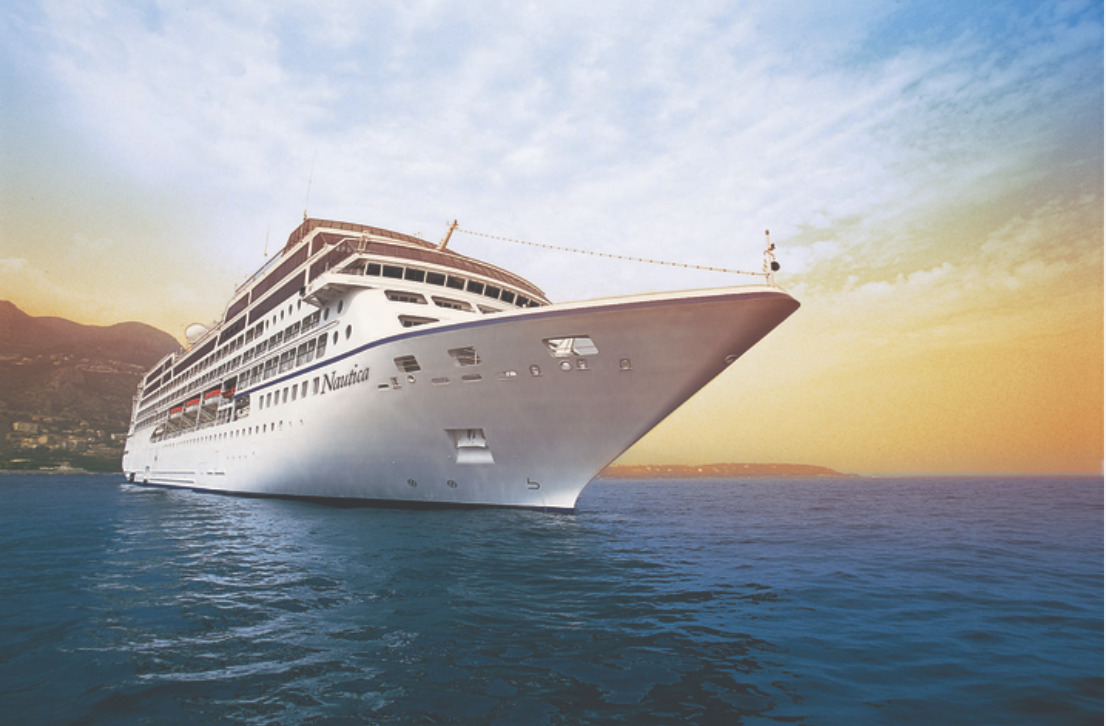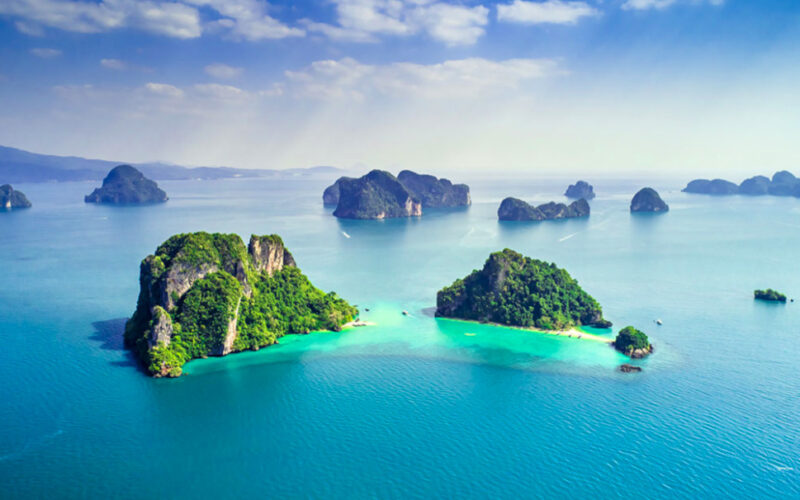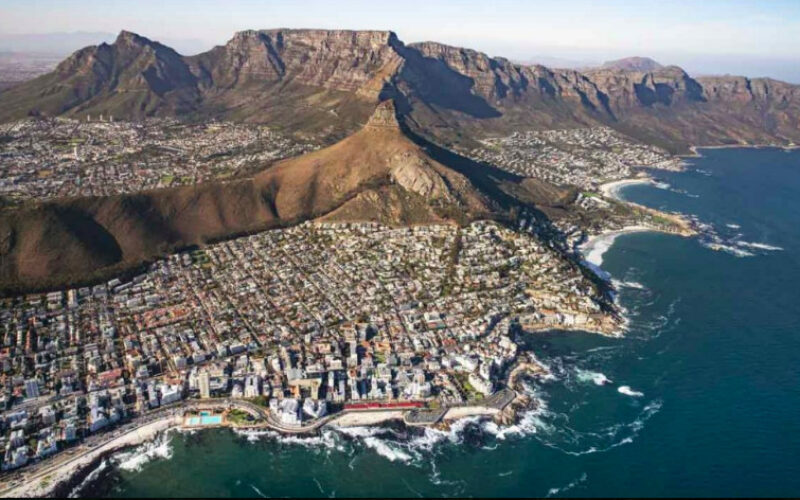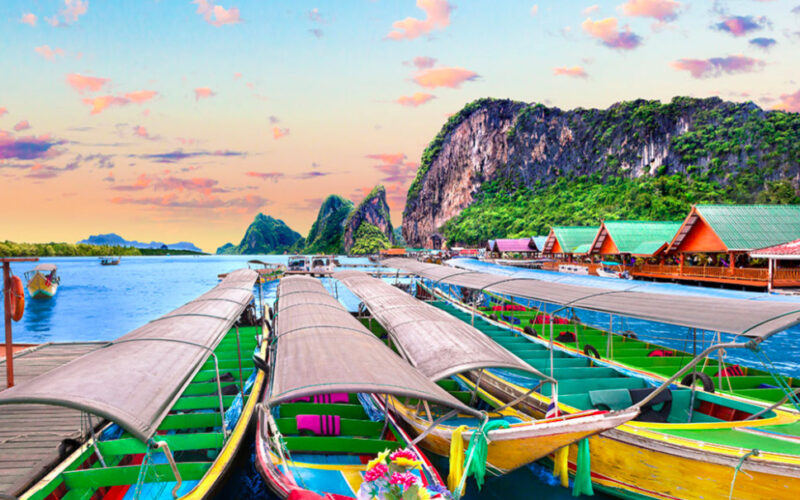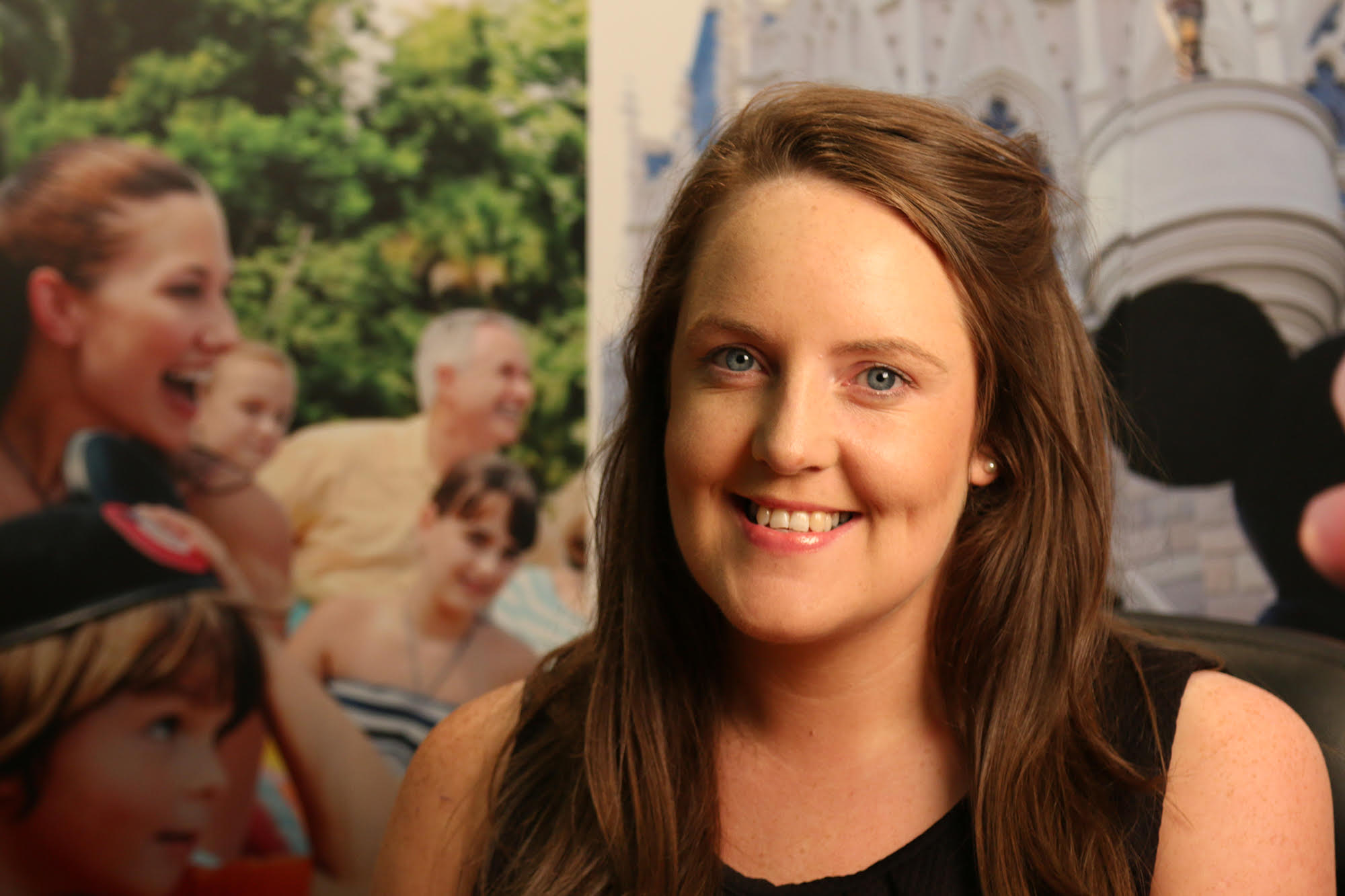DAY 2
Singapore, Singapore
The main island of Singapore is shaped like a flattened diamond, 42 km (26 miles) east to west and 23 km (14 miles) north to south. Near the northern peak is the causeway leading to West Malaysia—Kuala Lumpur is less than four hours away by car. It is at the southern foot where you will find most of the city-state’s action, with its gleaming office towers, working docks, and futuristic “supertrees,” which are solar-powered and serve as vertical gardens. Offshore are Sentosa and over 60 smaller islands, most uninhabited, that serve as bases for oil refining or as playgrounds and beach escapes from the city. To the east is Changi International Airport, connected to the city by metro, bus, and a tree-lined parkway. Of the island’s total land area, more than half is built up, with the balance made up of parkland, farmland, plantations, swamp areas, and rain forest. Well-paved roads connect all parts of the island, and Singapore city has an excellent, and constantly expanding, public transportation system. The heart of Singapore’s history and its modern wealth are in and around the Central Business District. The area includes the skyscrapers in the Central Business District, the 19th-century Raffles Hotel, the convention centres of Marina Square, on up to the top of Ft. Canning. Although most of old Singapore has been knocked down to make way for the modern city, most colonial landmarks have been preserved in the CBD, including early-19th-century buildings designed by the Irish architect George Coleman.
DAY 3
Singapore, Singapore
Embark on cruise.
DAY 5
Phuket, Thailand
Though few tourists linger here, Phuket Town, the provincial capital, is one of the more culturally interesting places on the island to spend half a day. About one-third of the island’s population lives here, and the town is an intriguing mix of old Sino-Portuguese architecture and the influences of the Chinese, Muslims, and Thais that inhabit it. The old Chinese quarter along Talang Street is especially good for a stroll, as its history has not yet been replaced by modern concrete and tile. And this same area has a variety of antiques shops, art studios, and trendy cafés. Besides Talang, the major thoroughfares are Ratsada, Phuket, and Ranong roads. Ratsada connects Phuket Road (where you’ll find the Tourism Authority of Thailand office) to Ranong Road, where there’s an aromatic local market filled with fruits, vegetables, spices, and meats.
DAY 7 – 9
Yagon, Myanmar
The capital until 2006, Yangon (Rangoon) is Myanmar’s largest city and its commercial centre. It is truly developing, and full of juxtapositions: new high-rises abut traditional Southeast Asian shophouses while down the street from a frozen yogurt bar, a sidewalk dentist goes to work. Yangon’s rich collection of colonial architecture is one of its biggest draws; The Strand and its surrounding side streets look today much as they did at the turn of the century, when Yangon—then Rangoon—was under British rule. Yangon’s most iconic sight is unquestionably the enormous gilded Shwedagon Pagoda, but what makes it worth visiting beyond that is the rich, vibrant life that spills out of people’s homes and onto the streets. Colourful and chaotic, Yangon is a feast for the senses. Grinning uniformed schoolchildren and preadolescent monks vie for sidewalk space as vendors hawk fried goods and longyi-wearing businessmen go off to work. On a street of Indian-run paint shops sits the country’s only synagogue, a 19th-century relic; blocks away rise the steeples of St. Mary’s Cathedral, another reminder of the city’s colonial past.
DAY 13 – 14
Colombo, Sri Lanka
Sri Lanka’s capital and largest city, Colombo offers fine restaurants, a buzzing nightlife scene, and good museums, parks, and beautiful Buddhist temples that are all worth visiting. The beach resort of Mt. Lavinia is only a short taxi ride from the downtown area and offers a golden, sandy beach and sunset views to die for. As an exciting blur of colours and cultures, Colombo presents a neatly packaged microcosm of this island nation.
DAY 15
Cochin, India
Kochi, formerly and still commonly known as Cochin, is one of the west coast’s largest and oldest ports. The streets behind the docks of the historic Fort Cochin and Mattancherry districts are lined with old merchant houses, godowns (warehouses), and open courtyards heaped with betel nuts, ginger, peppercorns, and tea. Throughout the second millennium, this ancient city exported spices, coffee, and coir (the fibre made from coconut husks), and imported culture and religion from Europe, China, and the Middle East. Today Kochi has a synagogue, several mosques, Portuguese Catholic churches, Hindu temples, and the United Church of South India (an amalgamation of several Protestant denominations).
DAY 17
Male, Maldives
There are many nations around the world with bragging rights to miles of pristine white coral sand and balmy turquoise seas but few can take it to the same level as the Maldives. Its 1,200 islands are spread out over 26 coral atolls; the combined land of all the islands is little more than 100 square miles. That means you are rarely more than a few steps from the beach. Many of the villas are actually built on stilts out over the water, so you may actually have to walk onshore in order to get to the beach. Besides curling your toes in the sand, many people come here to sample the Maldives enviable world-class dive spots. Others simply snorkel among the endless coral reefs. There are so many coral atolls here that our English word derives from the Maldivian name atholhu.
DAY 20 – 21
Mahé, Seychelles
Like jade-coloured jewels in the Indian Ocean, the more than 100 Seychelles Islands are often regarded as the Garden of Eden. Lying just four degrees south of the equator, the Seychelles are some 1,000 miles (1,610 km) from the nearest mainland Africa. Little more than 200 years ago, all 115 islands were uninhabited. Then in 1742 a French ship dispatched from Mauritius sailed into one of the small bays. Captain Lazare Picault was the first to explore these unnamed islands. He encountered breathtaking vistas of rugged mountains, lagoons, coral atolls, splendid beaches and secluded coves. Mahé is the largest island in the archipelago and the location of the capital, Victoria. Ringed by steep, magnificent mountains, few capitals can claim a more beautiful backdrop. The town features a mixture of modern and indigenous architecture; it is the centre of business and commerce thanks to the extensive port facilities. Noteworthy sites in Victoria are the museum, cathedral, government house, clock tower, botanical gardens and an open-air market. The major attractions are found outside of town where the island’s quiet, lazy atmosphere delights visitors. With 68 pristine, white sand beaches, Mahé boasts more beaches and tourist facilities than any of the other Seychelles Islands.
DAY 23
Mayotte Island
Nestled in the Indian Ocean, Mayotte Island is a hidden gem that enchants visitors with its untouched beauty. As one of the overseas territories of France, this tropical paradise offers a unique blend of African, Malagasy and French influences. Mayotte Island is renowned for its stunning coral reefs, crystal-clear waters and vibrant marine life, making it a haven for snorkelers and divers. The island’s picturesque beaches, such as Moya and N’Gouja, invite visitors to relax and bask in the sun’s warm embrace. Immerse yourself in the local culture by exploring the bustling markets of Mamoudzou, the capital city, where you can savour aromatic spices, fresh seafood and colourful handicrafts. Mayotte Island is also home to a rich biodiversity, with lush rainforests and nature reserves that shelter an array of endemic species. Whether you’re seeking adventure, tranquillity or cultural exploration, Mayotte Island offers an unforgettable experience amidst its pristine landscapes and warm hospitality.
Maputo, Mozambique
The city of Maputo was founded towards the end of the 18th century and is influenced by a variety of cultures including Bantu, Arabian and Portuguese. Surrounded by beautiful colonial architecture and stunning natural scenery, it is an ideal base from which to explore the region. The scars from past wars and conflicts are still evident, but the city is clearly regenerating, and the original beauty and cultural attractions of the area can easily be appreciated by visitors.
DAY 27
Richards Bay, South Africa
South Africa’s largest harbour is located on a lagoon on the Mhlatuze River on the northern coast of KwaZulu-Natal and takes its name from Admiral Sir F W Richards who sailed into the bay to deliver supplies to the troops during the Anglo/Zulu War of 1879. The Richards Bay lagoon was declared a game reserve in 1935 when conservationists objected to the growing industrialisation here. The bustling town is now a popular holiday destination with its unspoilt beaches at the edge of the Indian Ocean, year-round sunshine and excellent recreational facilities including surfing and fishing. It is also an excellent gateway to Zululand and the KwaZulu wildlife reserves. Richards Bay has recently undergone a major renovation that has given the town a Caribbean feel.
DAY 28
Durban, South Africa
Durban, a glistening jewel on the southeast coast of Africa, is the third largest city in South Africa and the major city of KwaZulu-Natal. It has been a centre of sea trade since before colonisation and now has a flourishing artistic centre, which perfectly complements the vibrant markets and rich cultures of the city. Durban’s port is a natural half-moon harbour lined with white sand and azure water, punctuated by the port’s many piers which reach into the water like the leaves of a fan. The beaches of Durban’s famous Golden Mile stretch along the harbour and are popular all year round, as travellers and locals alike enjoy Durban’s warm, humid summers and mild, dry winters.
DAY 30 – 31
Cape Town, South Africa
Cape Town’s unique setting means that views of the city can be enjoyed from various spectacular vantage points. Table Mountain, Lion’s Head, and Signal Hill provide breathtaking vistas over the city bowl and the Cape peninsula, with its beautiful beaches. Trips to Robben Island offer a dramatic sweep of scenery across to Table Bay, while harbour tours and old buildings await exploration at the cosmopolitan Waterfront. Many scenic routes meander along magnificent stretches of coastline leading to special places like Cape Point and Chapman’s Peak, which boasts one of the most picturesque stretches of road in the world.
